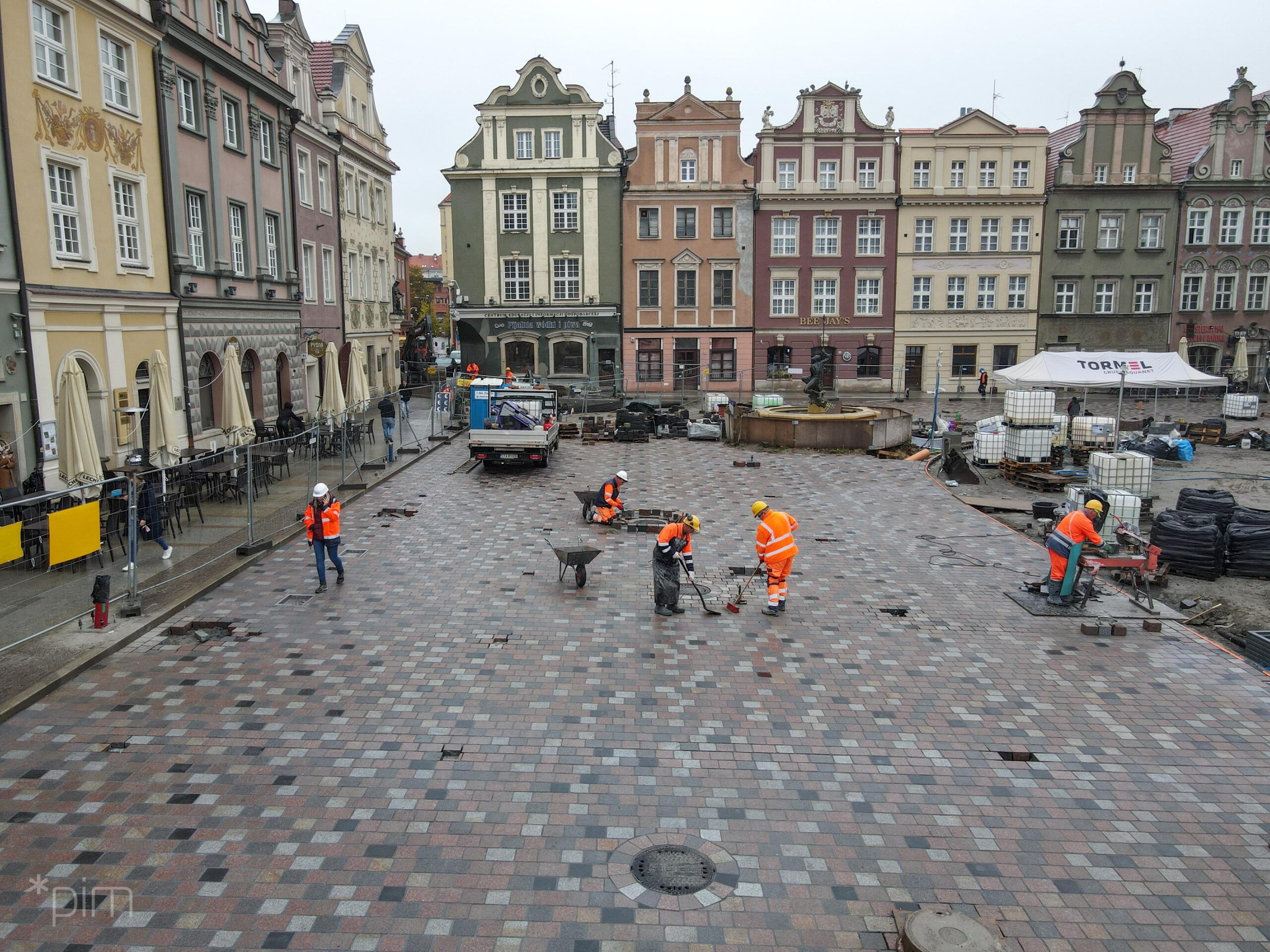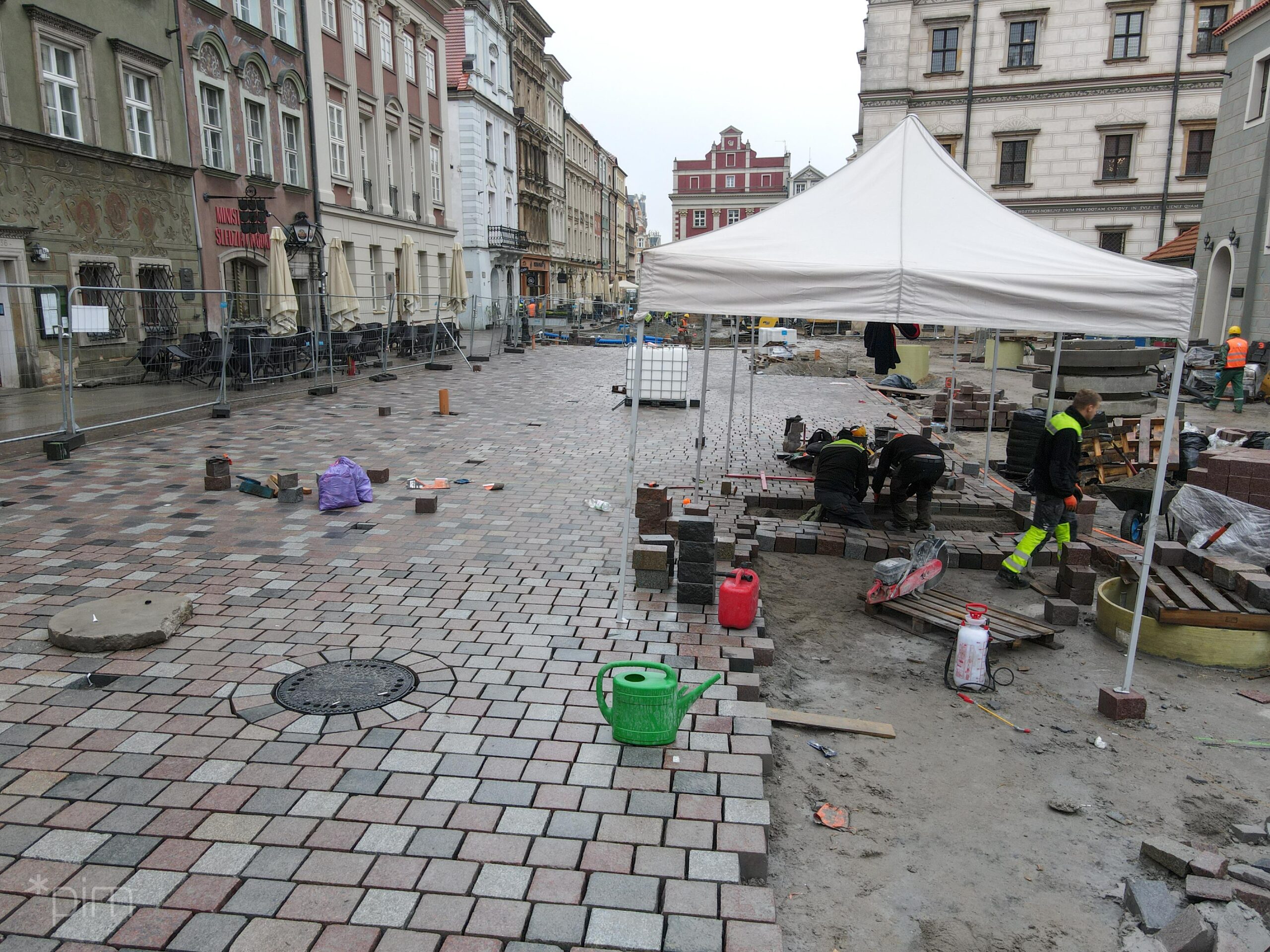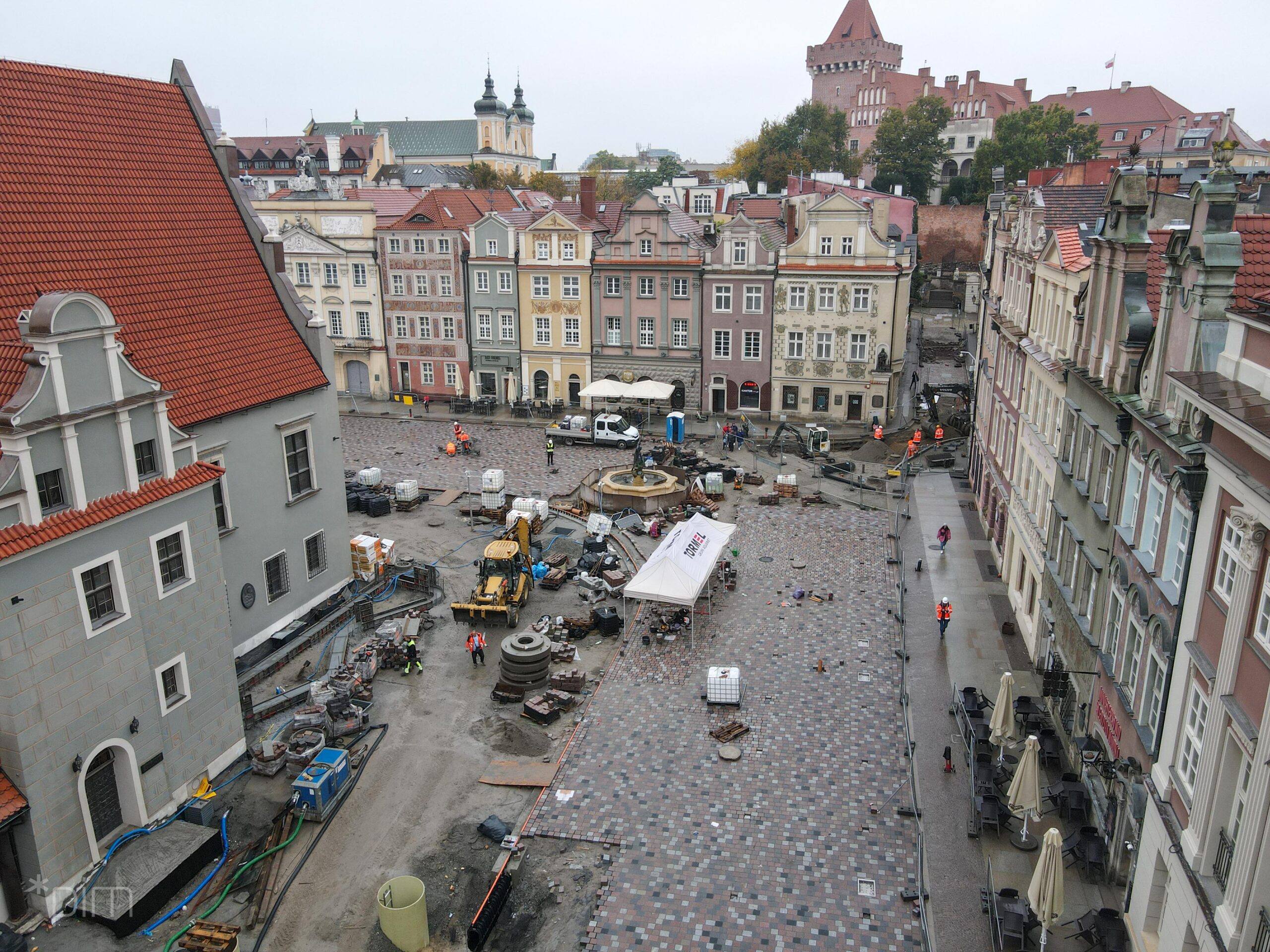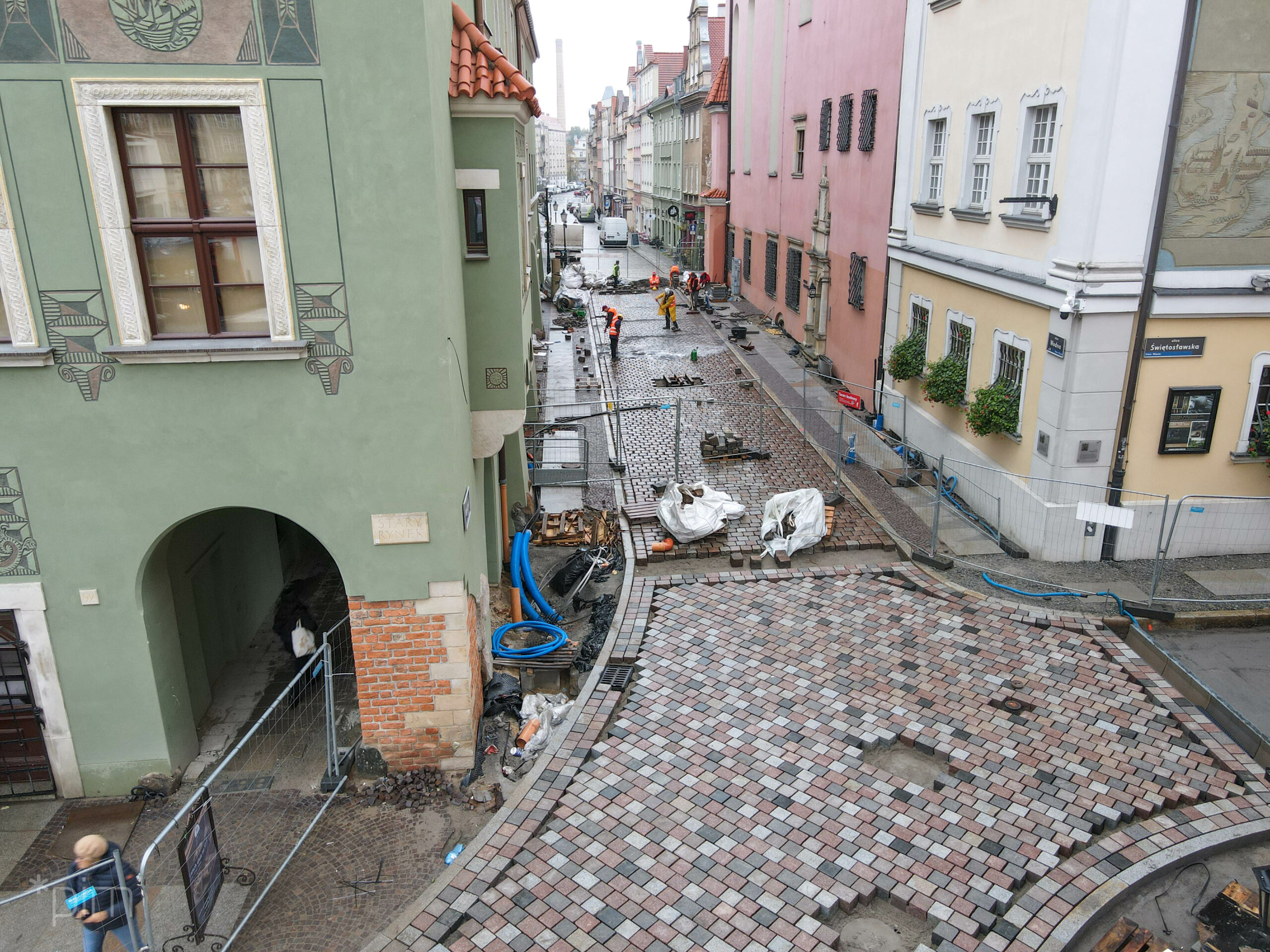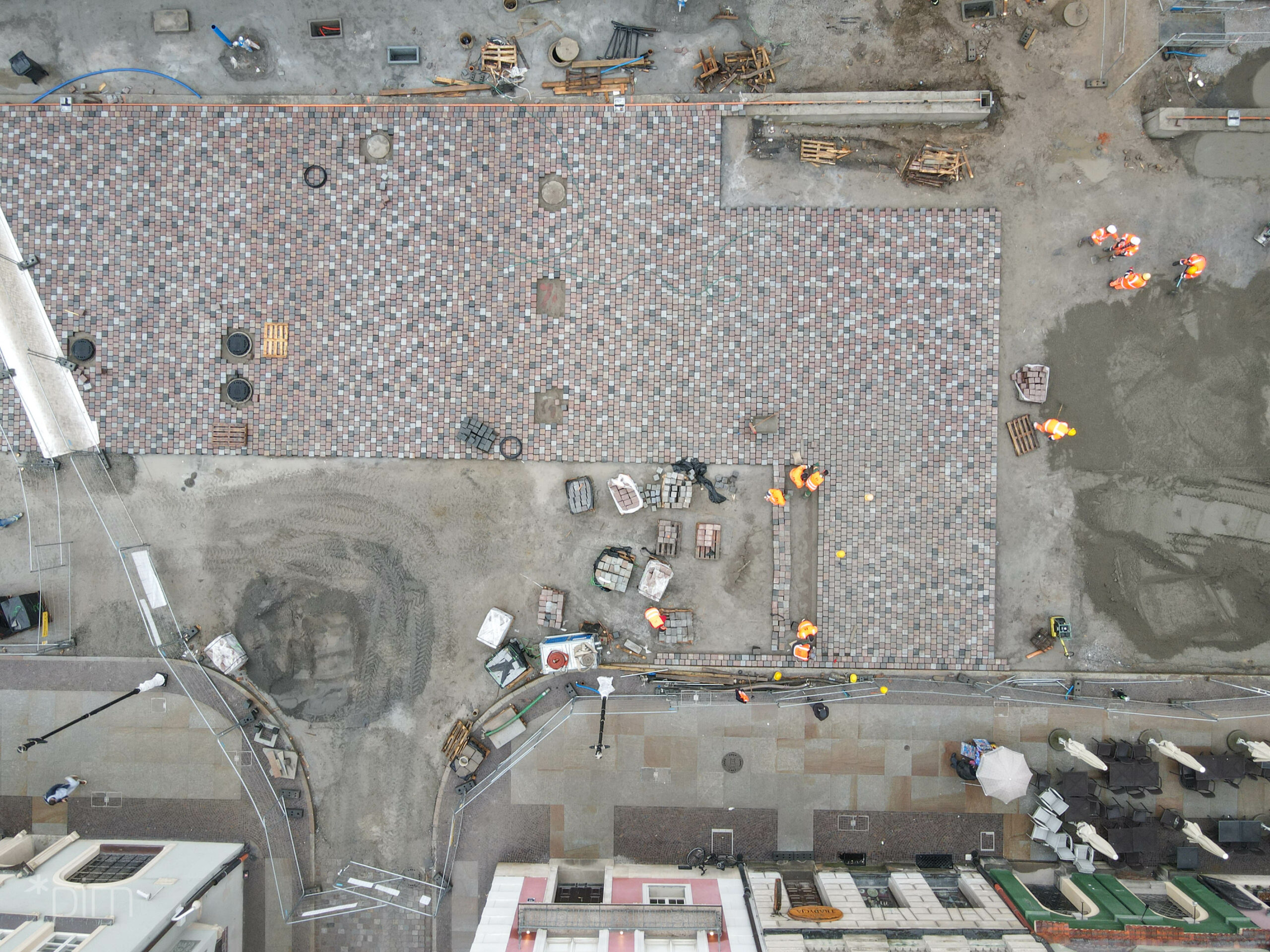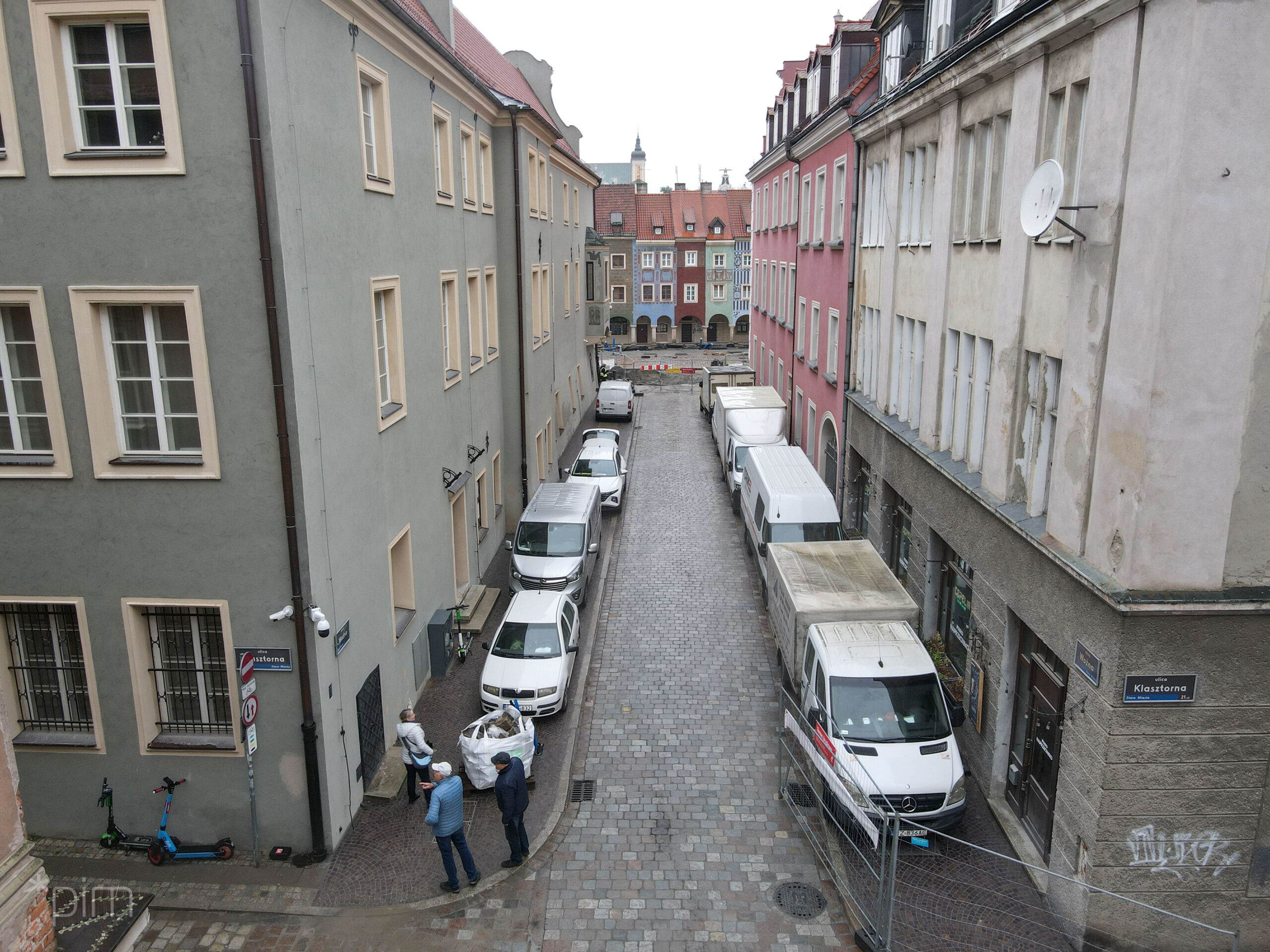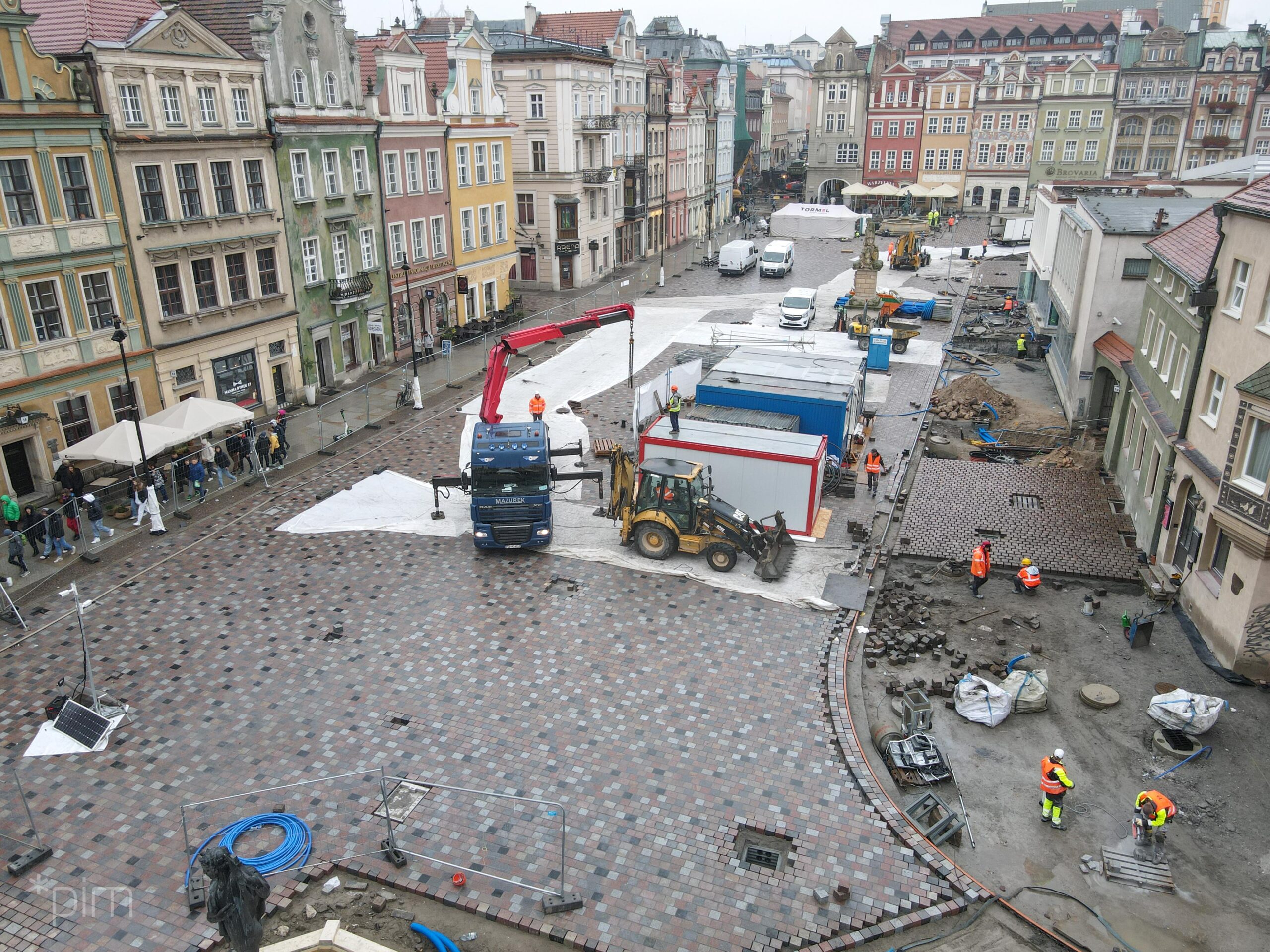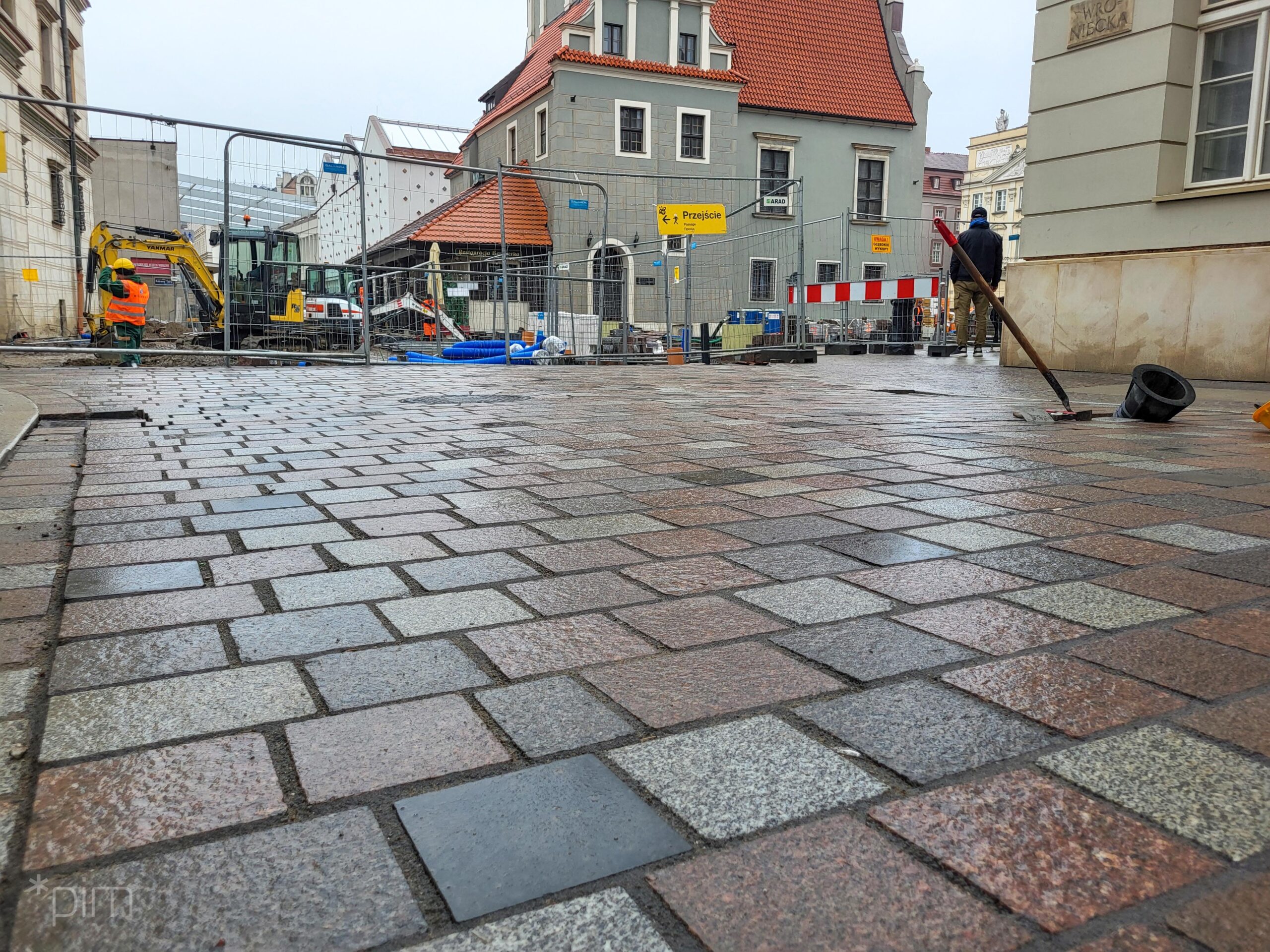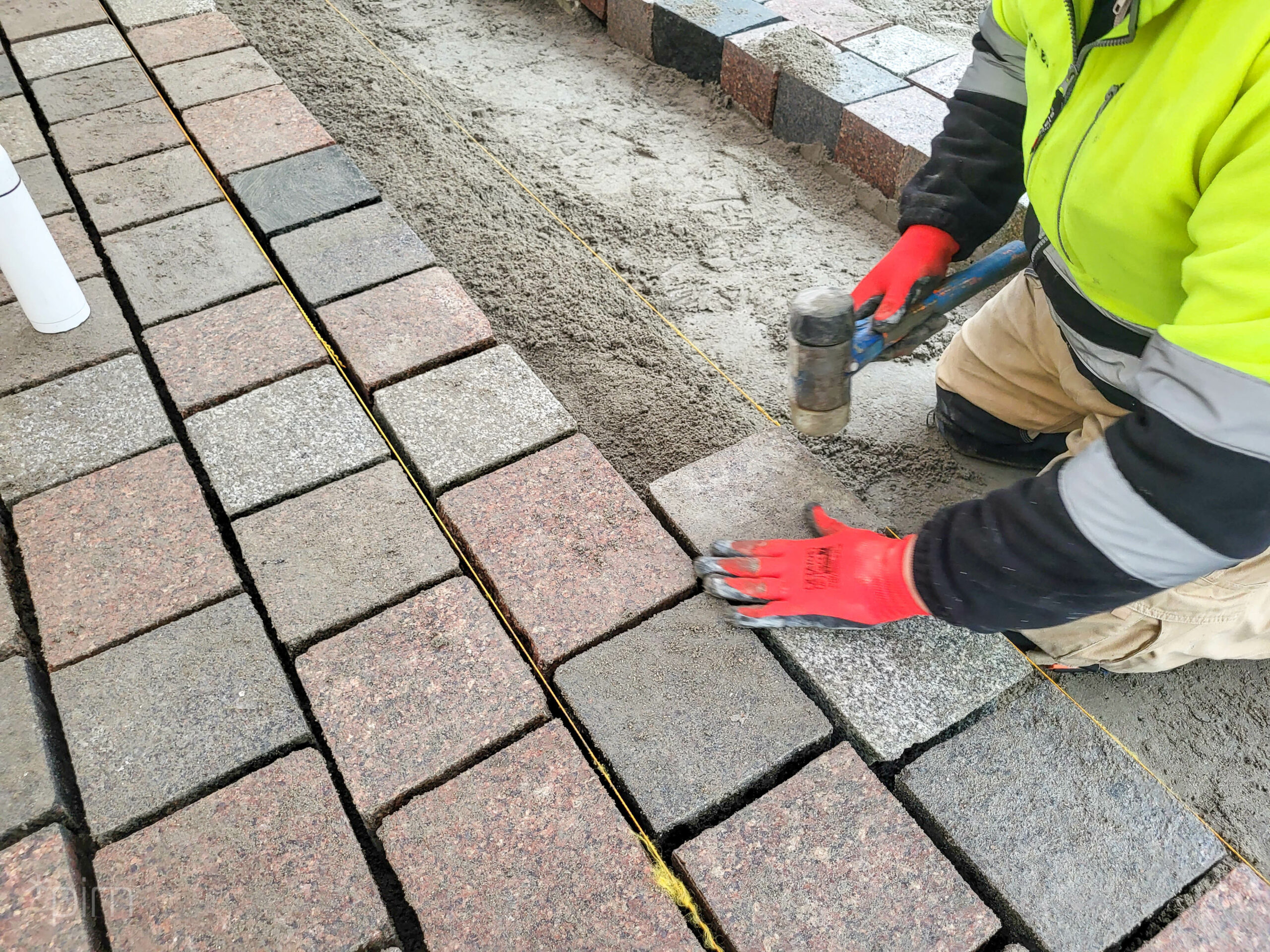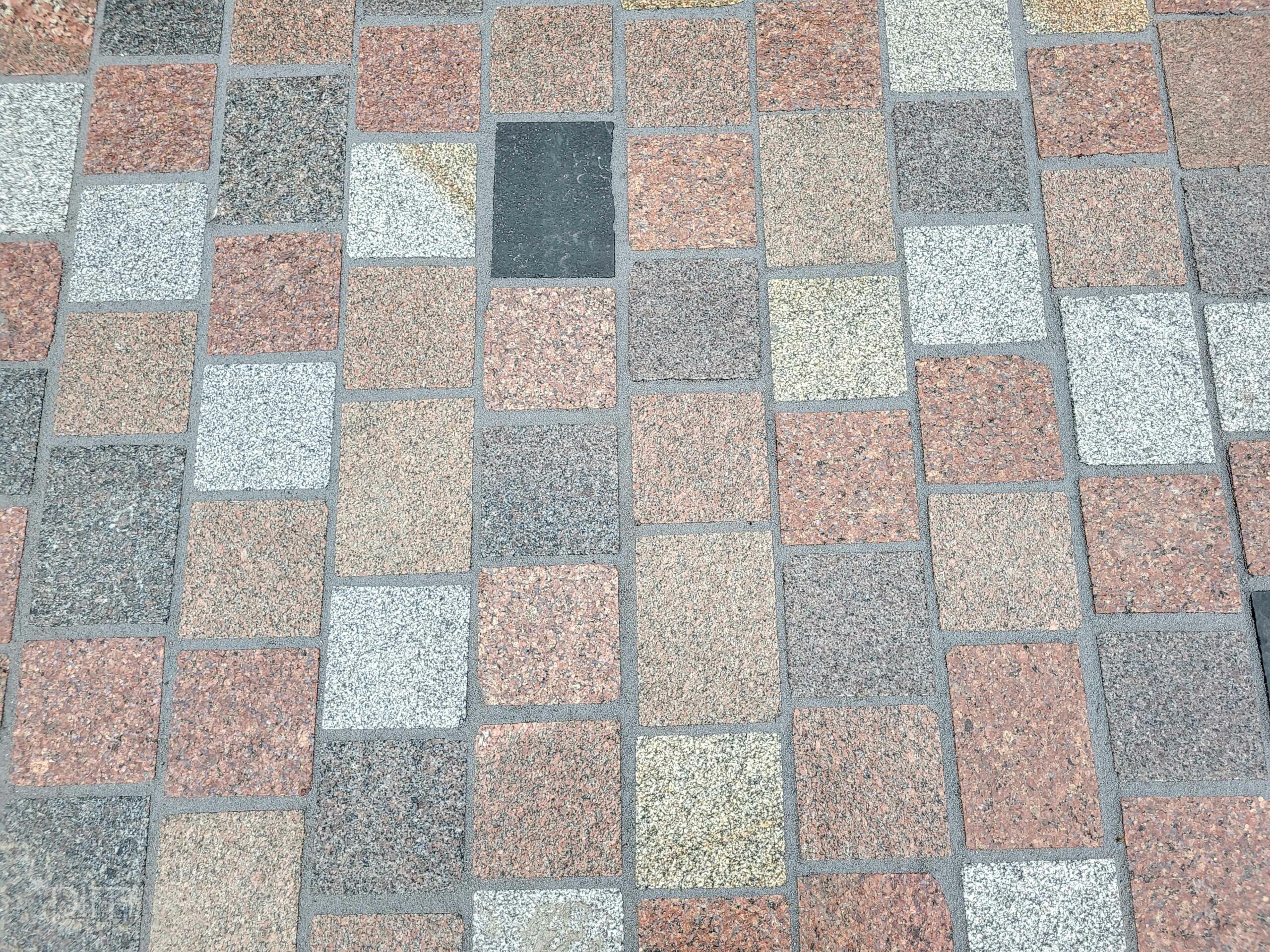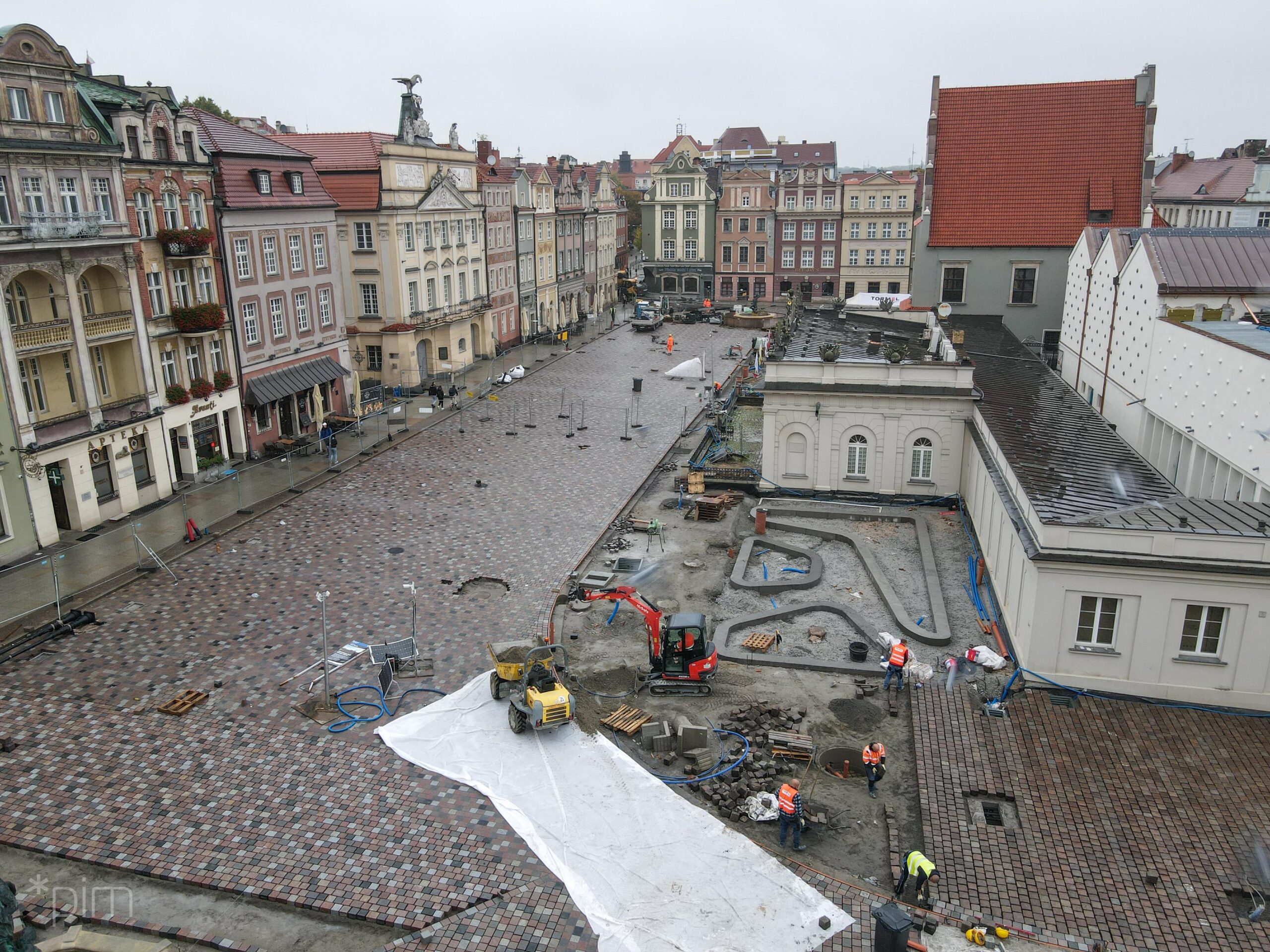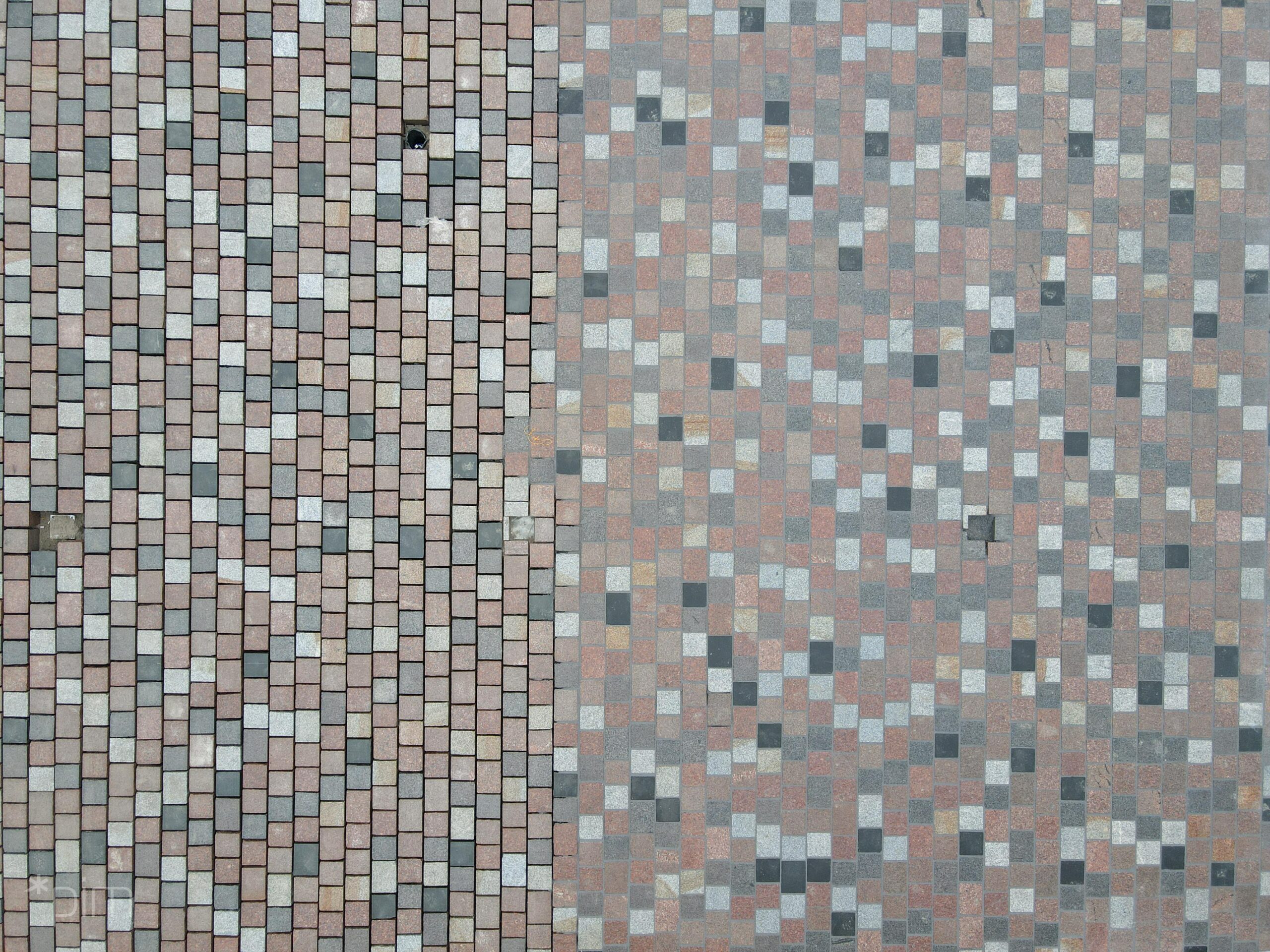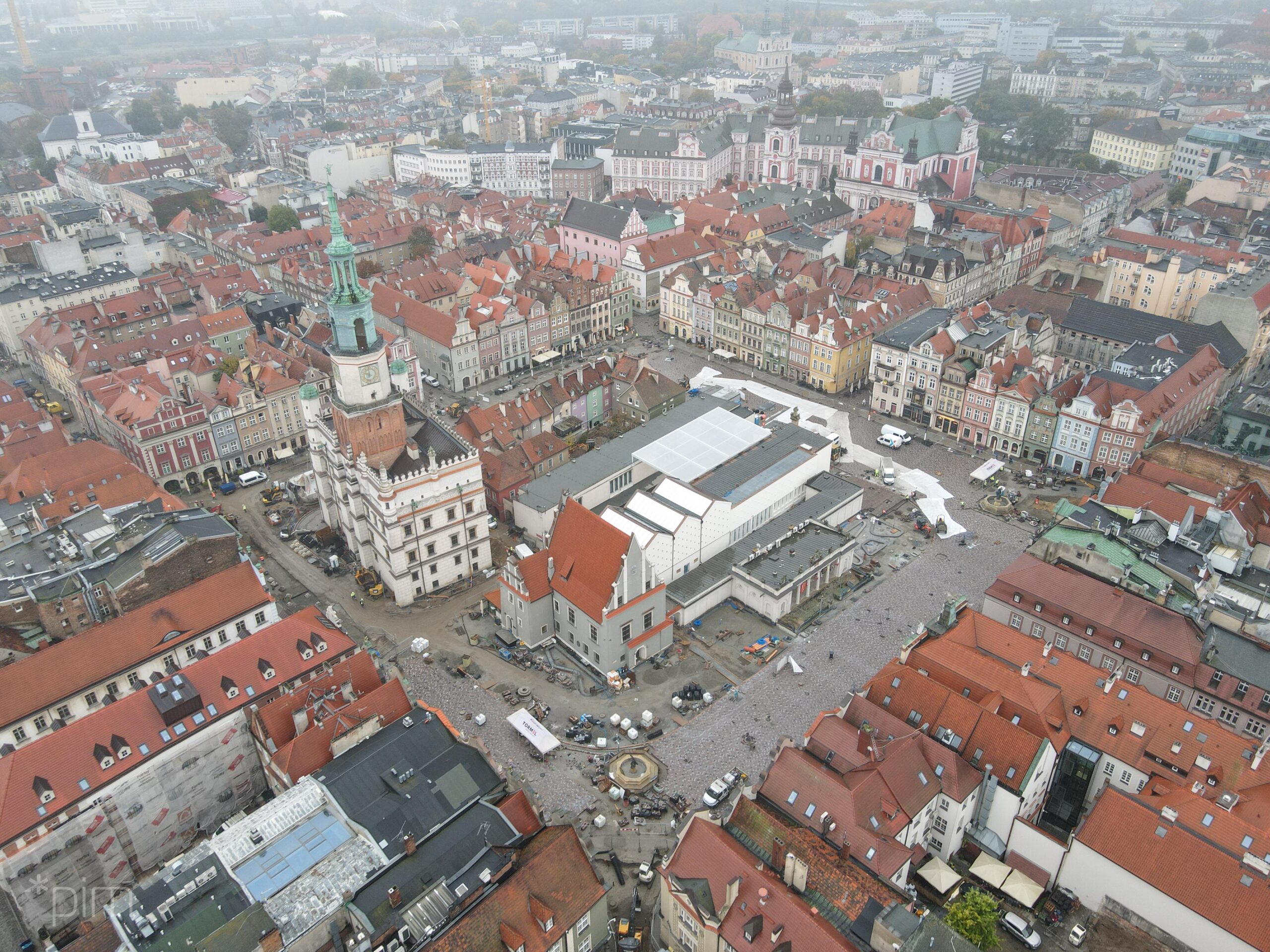On the market square and the streets approaching it, more and more granite paving blocks, granite slab pavements and Trident porphyry bands are being laid every day. In the central part of the square, the historic paving blocks that have been there since the 1960s reconstruction will also be laid.The new paving in the Old Market is scheduled to be completed in the second half of November
The new paving will be more friendly and functional than the one that has covered the area so far. It is being laid, metre by metre, with new stone and – in the central part of the market and on some neighbouring streets – with selected paving blocks that were lying there before the renovation
New paving on the Old Market Square. Source: Poznańskie Inwestycje Miejskie Sp. z o.o.
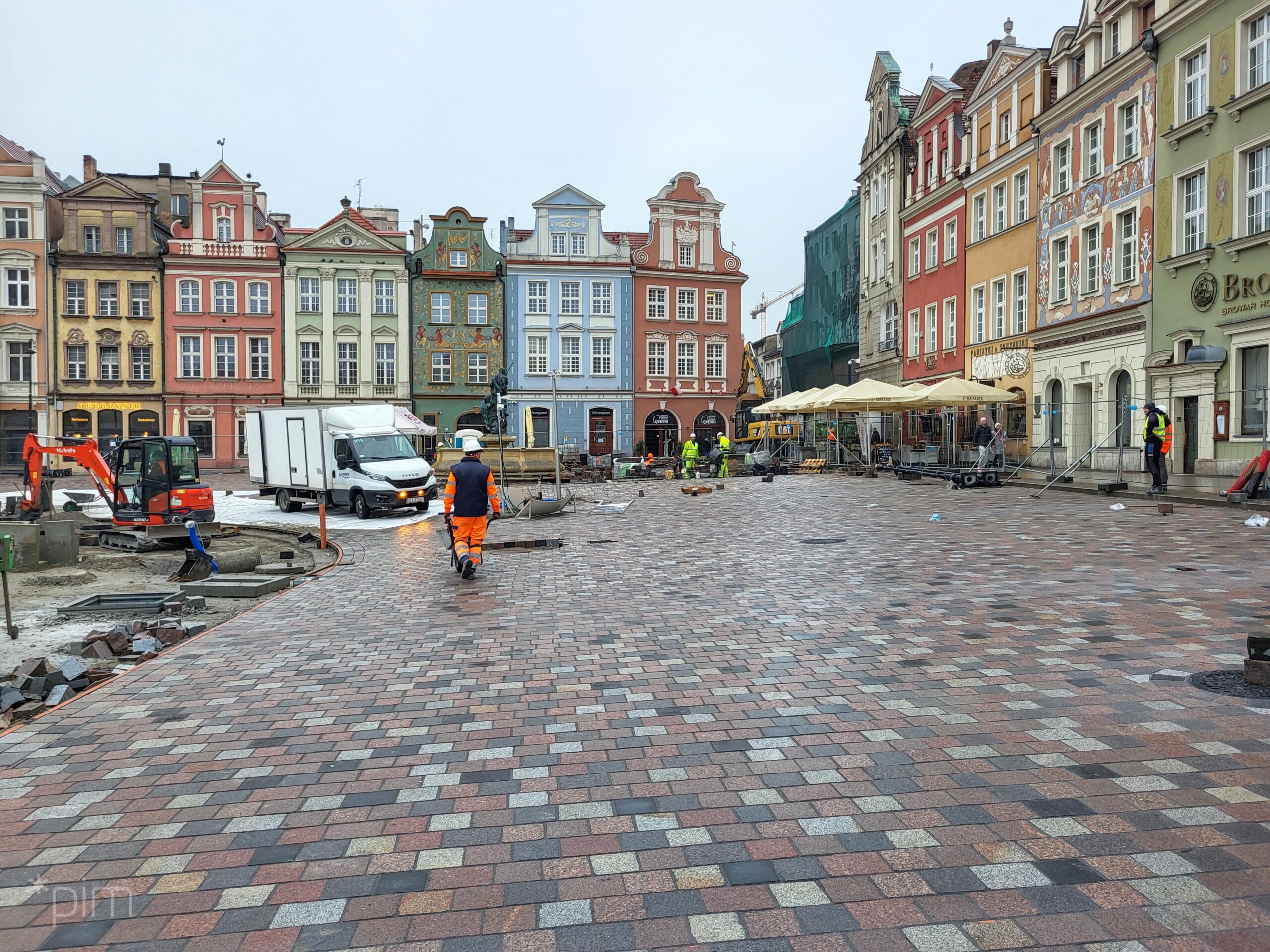
As established by two researchers from Adam Mickiewicz University: Prof. Janusz Skoczylas from the Faculty of Geographical and Geological Sciences and Dr Łukasz Skoczylas from the Faculty of Sociology, it is likely that until 1890, streets in Poznań were paved mainly with fieldstone, i.e. erratic boulders. Later, suitable material was imported from other countries. The dark red granite paving blocks from the Old Market Square came from Scandinavia and there is much to suggest that they were imported as a finished product – helped considerably by the development of the railways. It was by train that Swedish granite was brought to Prussia in large numbers. The grey basalt cubes were most likely imported from Lower Silesia
1934, view of the north-western part of the square. One can notice the varied surface of the slab, including cobblestone and asphalt. Source: http://poznanmojemiasto.com/
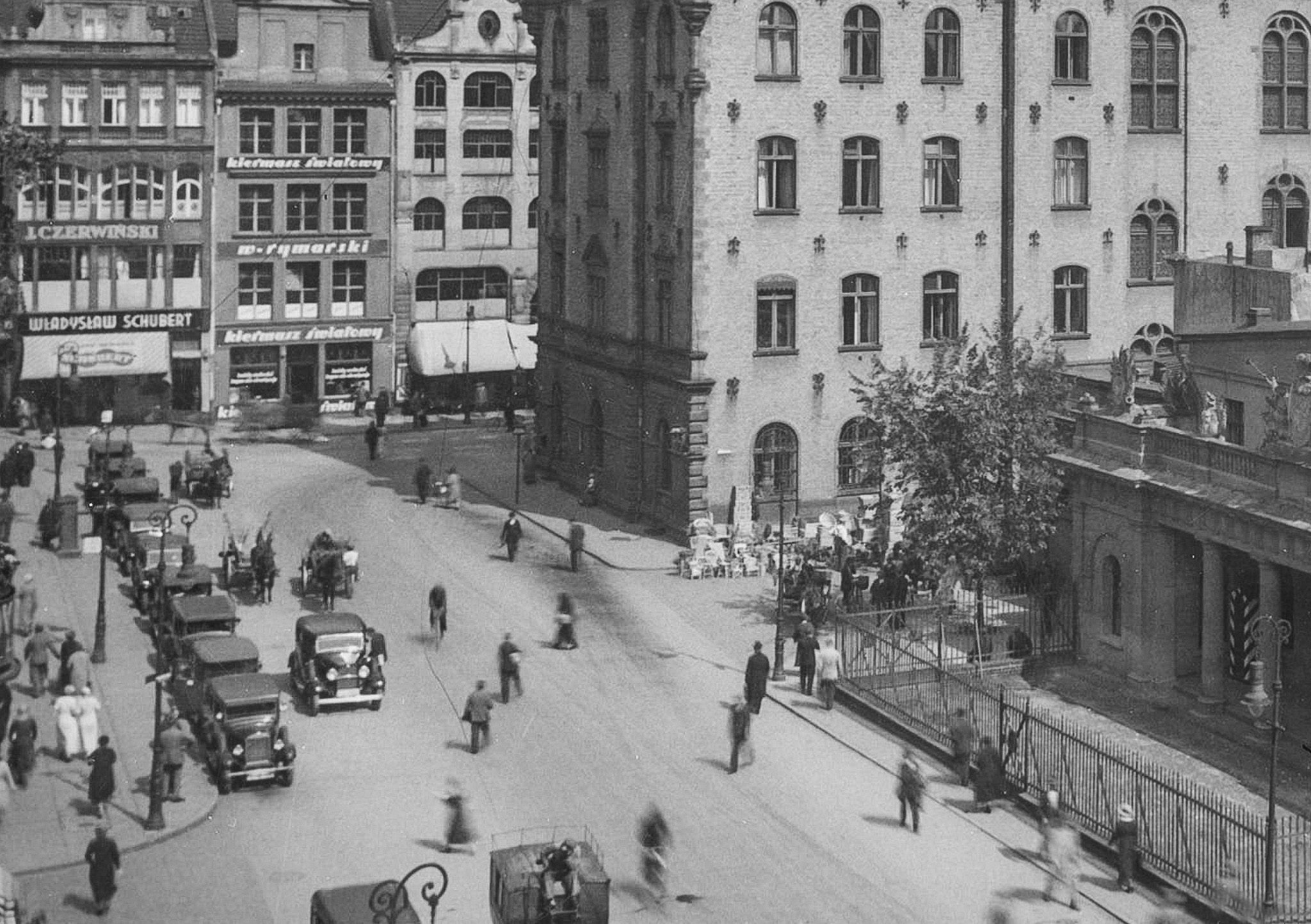
1939 – a fair in front of the town hall. Cobbles and paving slabs can be seen. Source: Polona National Digital Library
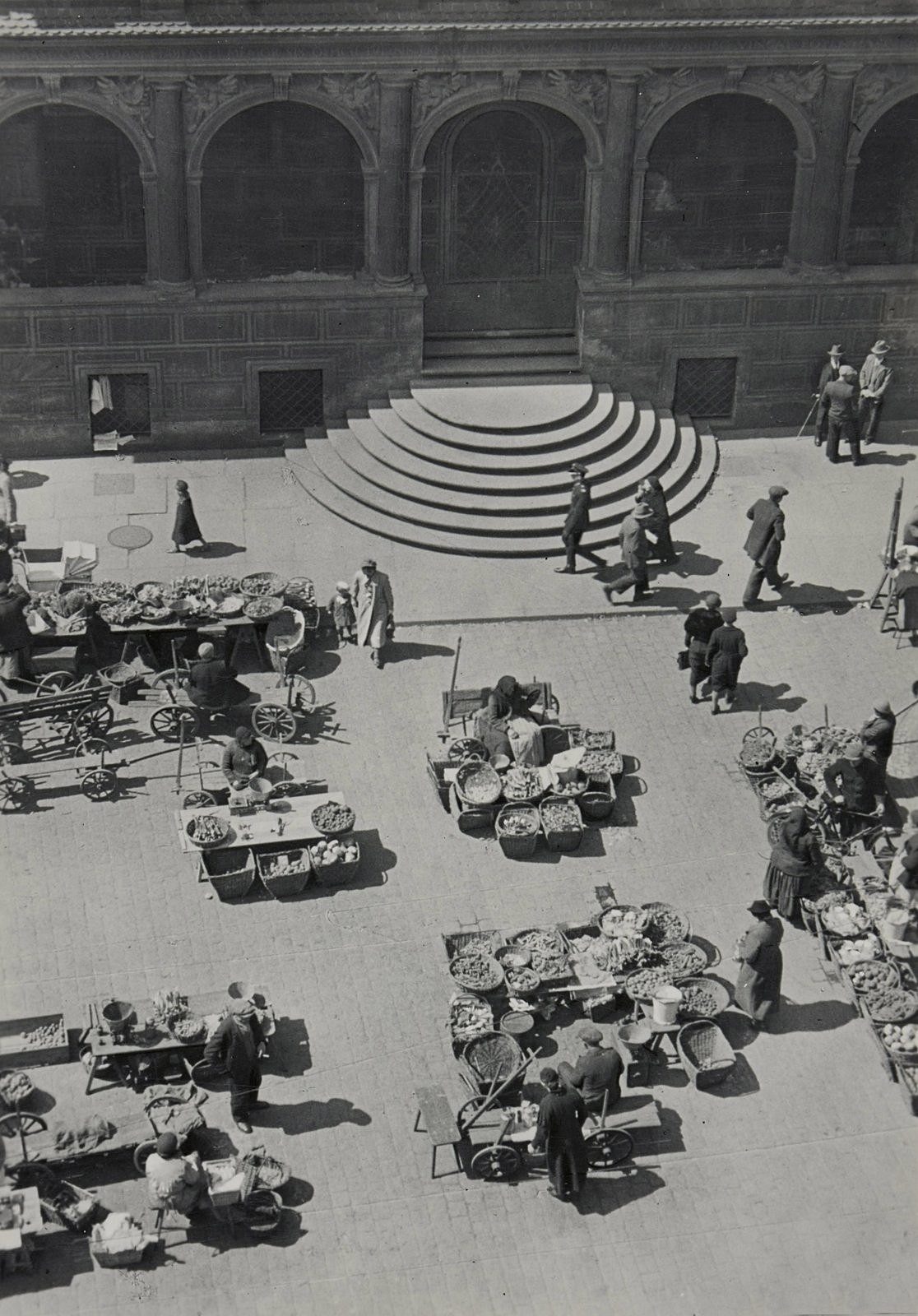
The reconstruction of the destroyed Old Town was after the Second World War one of the biggest and most difficult conservation tasks facing the authorities of Poznan at the time. It was decided at the time to follow the tradition of other such places in Poland. Ordinary cobblestones were abandoned. Instead, it was decided to use granite blocks. This solution allowed for a flat surface that would give the impression of cobblestones. The townhouses surrounding the square were left with granite pavements. The market finally received a new surface, lighting and permanent illumination in 1965. The flooring design was drawn up by Zygmunt Lutomski and Stanislaw Cesar at the “Miastoprojekt” Urban Construction Design Company. The work was carried out by the Board of Roads, Bridges and Greenery and the Municipal Water and Sewage Company
Archaeological excavations on the slab of the Old Market Square in May 2015. The old pavement is visible. Source: Kapsuglan, CC BY-SA 4.0, via Wikimedia Commons
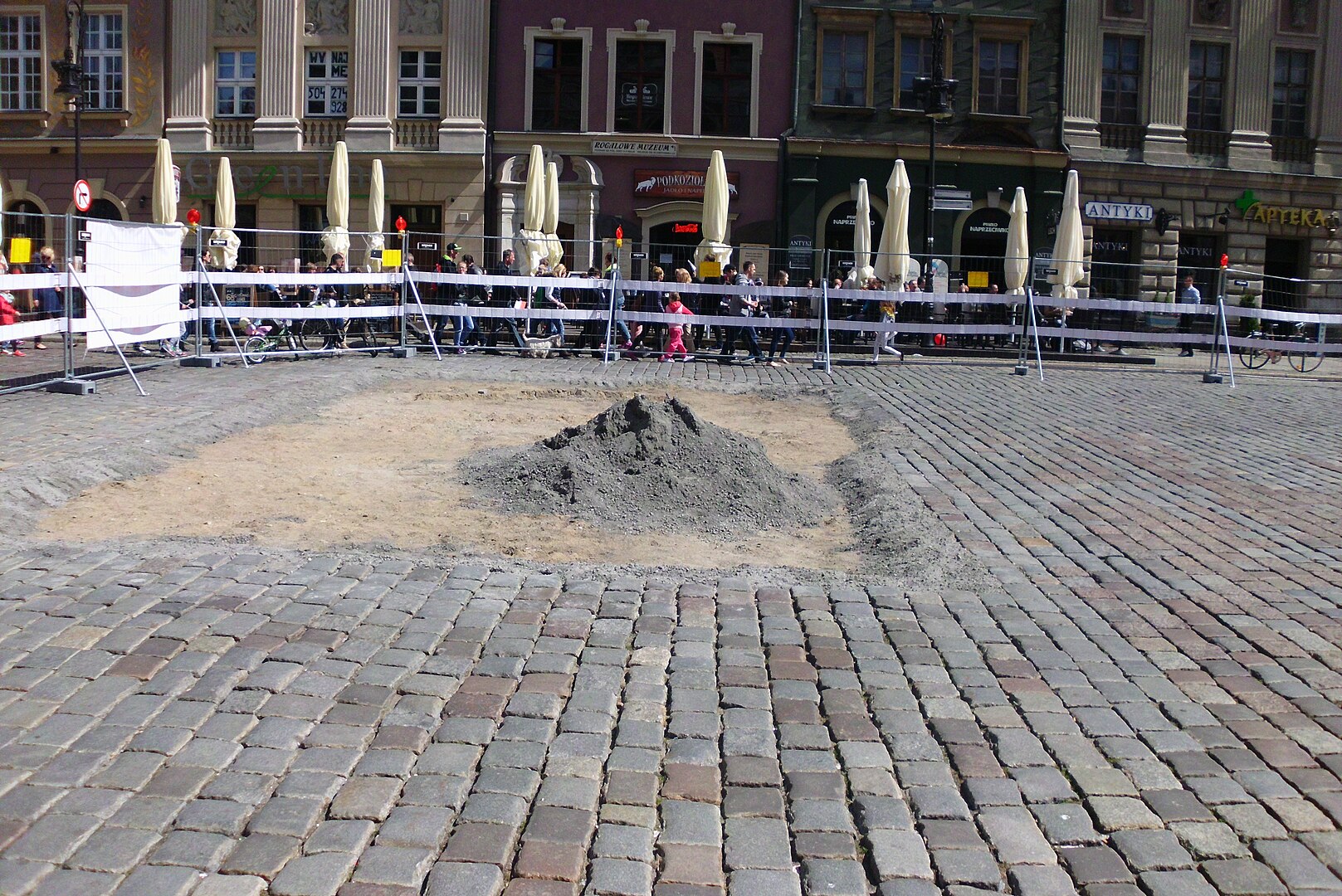
Extensive analysis was undertaken in preparation for the pavement replacement. The original plan was to use only the old cube when laying it, but it turned out that some of the stone was too damaged and not suitable for reuse. Eventually, the paving blocks were dismantled and subjected to selection. The best quality historical granite paving blocks will be laid in the very centre of the Old Market – in the so-called mid-market block. Old, but still usable granite slabs and kerbs will also be laid there. In addition, a band of fieldstones, which were discovered during archaeological excavations and used to be a historical surface, will be placed around the most valuable objects, e.g. the Town Hall, Odwach and the Town Scales. This will simultaneously highlight this oldest part of the square and emphasise the unique character of the place
Source: poznan.pl
Read also: Architecture | Metamorphosis | Monument | History | Poznań

